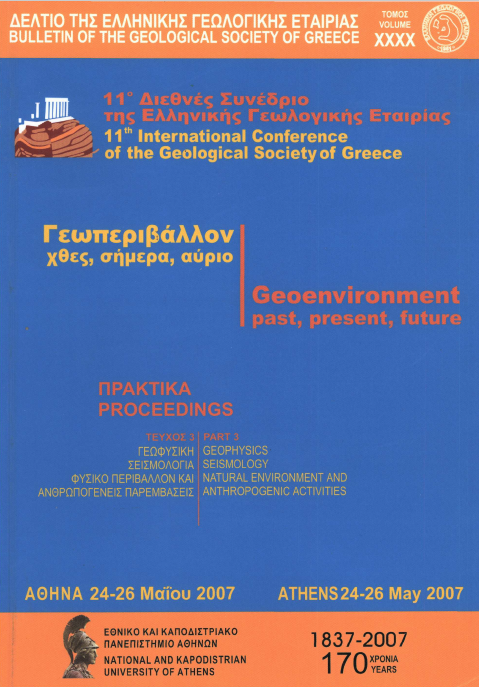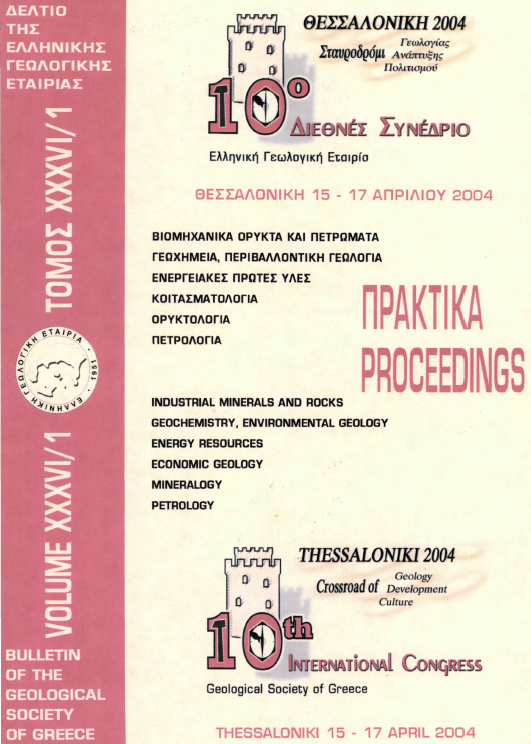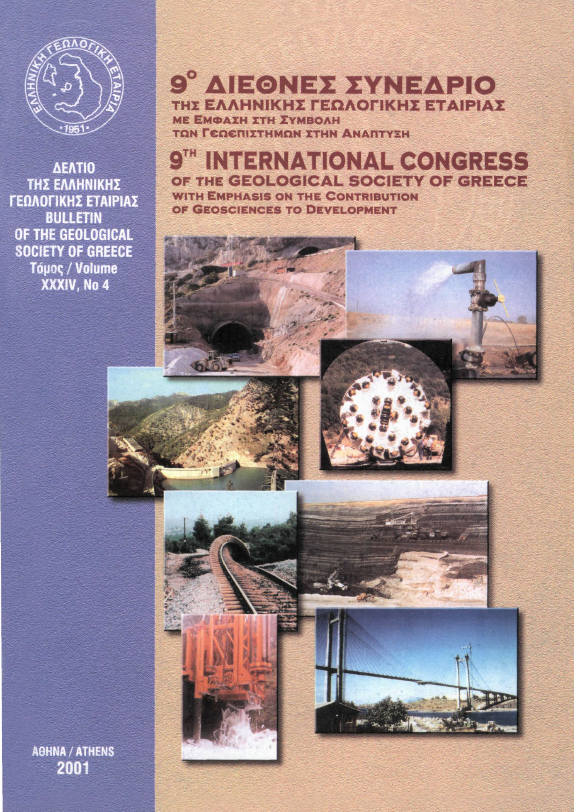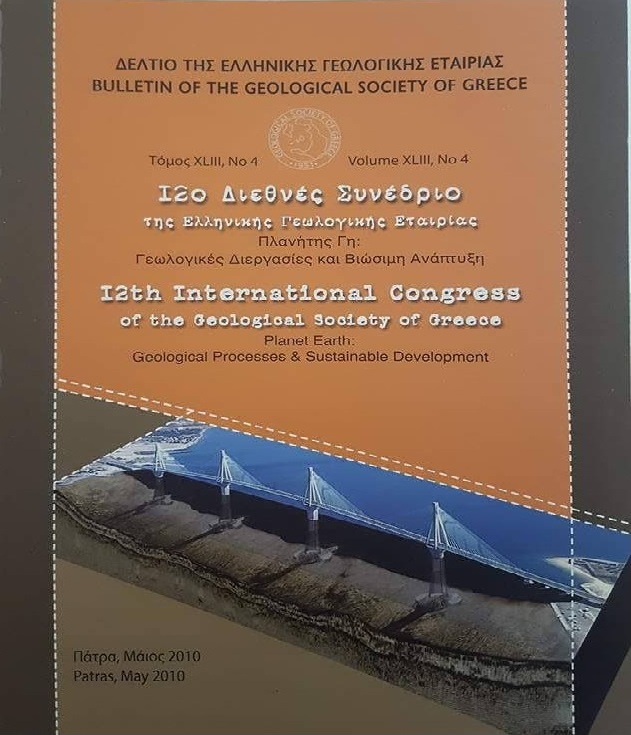NEOTECTONIC DEFORMATION OF EASTERN PYLIA ( SW PELOPONNESE , GREECE )
Περίληψη
The present paper aims to the understanding of the effect of the morphotectonic factors on the formation of the morphoneotectonic macrostructures that comprise the eastern part of Pylia Peninsula (SW Péloponnèse). As the broader area of Pylia is one of the tectonically and seismically most active areas of the Hellenic arc, due to the fact that it is very near to the Hellenic trench (approximatly 50Km), the peninsula of Pylia is strongly considered to be a suitable area to study the neotectonic deformation at the Eastern Mediterranean region.
Λεπτομέρειες άρθρου
- Πώς να δημιουργήσετε Αναφορές
-
Ladas, I., Mariolakos, I., & Fountoulis, I. (2004). NEOTECTONIC DEFORMATION OF EASTERN PYLIA ( SW PELOPONNESE , GREECE ). Δελτίο της Ελληνικής Γεωλογικής Εταιρείας, 36(4), 1652–1661. https://doi.org/10.12681/bgsg.16569
- Ενότητα
- Τεκτονική και Γεωδυναμική

Αυτή η εργασία είναι αδειοδοτημένη υπό το CC Αναφορά Δημιουργού – Μη Εμπορική Χρήση 4.0.
Οι συγγραφείς θα πρέπει να είναι σύμφωνοι με τα παρακάτω: Οι συγγραφείς των άρθρων που δημοσιεύονται στο περιοδικό διατηρούν τα δικαιώματα πνευματικής ιδιοκτησίας επί των άρθρων τους, δίνοντας στο περιοδικό το δικαίωμα της πρώτης δημοσίευσης. Άρθρα που δημοσιεύονται στο περιοδικό διατίθενται με άδεια Creative Commons 4.0 Non Commercial και σύμφωνα με την οποία μπορούν να χρησιμοποιούνται ελεύθερα, με αναφορά στο/στη συγγραφέα και στην πρώτη δημοσίευση για μη κερδοσκοπικούς σκοπούς. Οι συγγραφείς μπορούν να: Μοιραστούν — αντιγράψουν και αναδιανέμουν το υλικό με κάθε μέσο και τρόπο, Προσαρμόσουν — αναμείξουν, τροποποιήσουν και δημιουργήσουν πάνω στο υλικό.











